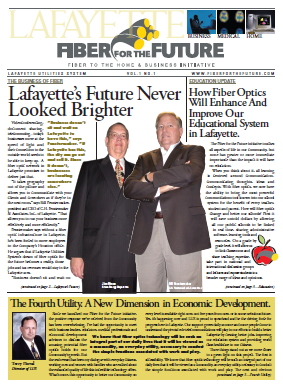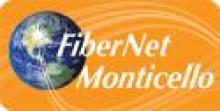Publicly Owned Network in Cortez Connects Business Corridor
We have been trying to keep close track of the recent group of communities building incremental, publicly owned, open access fiber networks -- which often starting with connections to businesses. A recent article from the Cortez Journal provides a window into the Cortez, Colorado network that we have previously covered here.
After the city finished building the first phase of the project, at least 150 companies, according to the city, purchased and are now connected to the city’s fiber optic backbone via private service providers, such as Brainstorm Internet and Farmers Telecommunications. One of the service providers (Farmers Telecommunications) has a long experience in the area -- having offered telephone services for 91 years. It is now able to provide much faster services with a much lower investment because of the public investment. “This will have a huge impact on the local economy, and it will keep citizens’ spending dollars in Cortez,” said City of Cortez Department of General Services Director Rick Smith. “And feed more money here, potentially, from around the world.”The businesses previously had access to the slower, more expensive broadband connections but now have more choices between independent service providers can use the infrastructure built by the local government to benefit the local economy.
The city’s new, open-services network allows companies to offer advanced services, such as broadband Internet and voice and communication systems, said Farmers Telecommunications General Manager Doug Pace. “What we’re seeing is that more and more businesses are requiring that upload speed to be increased,” Pace said as an example of the kind of cloud computing Farmer’s offers on the city’s Fiber to the Business network.








 The newsletter also has a word from the Mayor (the inimitable Joey Durel) and quotes the Greater Lafayette Chamber of Commerce Broadband Policy. Finally, it also explains why the Lafayette Utilities System should build the network and cites successes from BVU in Bristol, Virginia.
Groups that are looking for strategies or a template for a web presence should check out
The newsletter also has a word from the Mayor (the inimitable Joey Durel) and quotes the Greater Lafayette Chamber of Commerce Broadband Policy. Finally, it also explains why the Lafayette Utilities System should build the network and cites successes from BVU in Bristol, Virginia.
Groups that are looking for strategies or a template for a web presence should check out 

